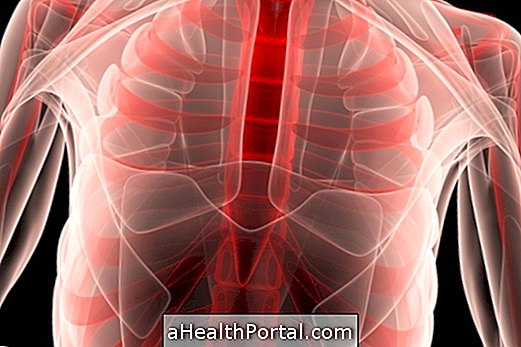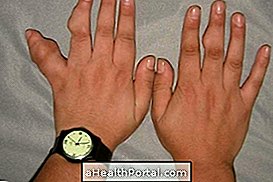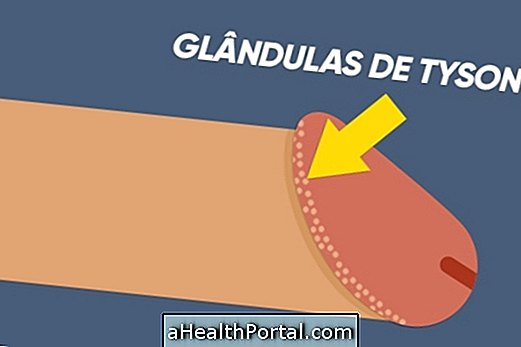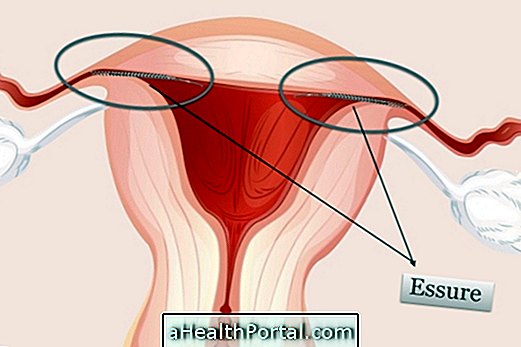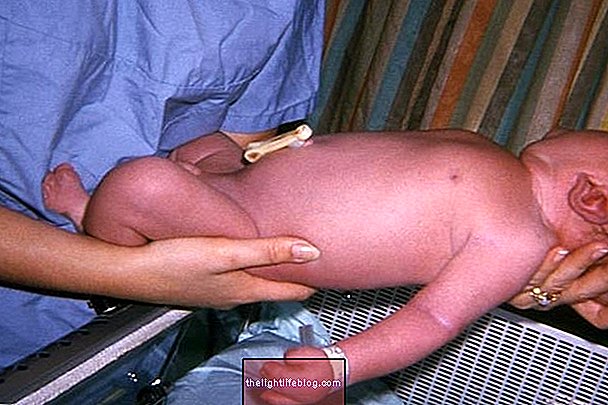Dwarfism is a consequence of a hormonal or medical problem that causes the body to not grow and develop as it should, causing the person to have a maximum height of 1.47 m and is called a dwarf, although a person with low stature "is the most accepted expression.
There are two main types of dwarfism, which include:
- Proportional or pituitary dwarfism : all parts of the body are smaller than normal and appear proportional to height;
- Disproportional or achondroplastic nerve : Some parts of the body are equal to or larger than expected, creating a sense of disproportionality for height.
Normally, dwarfism has no cure, but treatment can relieve some of the complications or correct deformities that may arise with the development of the child.
Main symptoms and causes
In addition to decreasing body height, different types of dwarfism may cause other symptoms such as:
1. Proportional Dwarfism
Usually the symptoms of this type appear in the first years of life, since its main cause is a change in the production of growth hormone, which is present from birth. Symptoms include:
- Growth below third pediatric percentile curve;
- General development of the child less than normal;
- Delay in sexual development during adolescence.
In most cases, the diagnosis is made by the pediatrician soon after birth or during childhood consultations.
2. Disproportionate Dwarfism
Most cases of this type of dwarfism are caused by a change in the formation of cartilage, called achondroplasia. In these cases, the main symptoms and signs are:
- Normal-sized trunk;
- Short legs and arms, especially in the region of the forearm and thighs;
- Small fingers with larger space between middle and ring finger;
- Difficulty in bending the elbow;
- Head too big for the rest of the body.
In addition, when it is caused by other changes, such as mutations in chromosomes or malnutrition, disproportionate dwarfism can also cause short neck, rounded chest, deformities of the lips, vision problems or deformities of the feet.
What is primordial dwarfism
Primordial dwarfism is a type of extremely rare dwarfism, which can often be identified before birth, since fetal growth is very slow, being smaller than expected for gestational age.
Normally, the child is born very low in weight and continues to grow very slowly, although its development is normal and, therefore, the diagnosis is usually made in the first months of life.
Treatment Options
All cases should be evaluated by the physician in order to identify possible complications or deformities that need to be corrected. However, some of the most commonly used treatments include:
- Surgery : helps correct changes in the direction of growth of some bones or to stabilize the shape of the spine, for example;
- Hormone therapy : used in cases of growth hormone deficiency dwarfism and is done with daily injections of the hormone, which may help decrease the height difference;
- Enlargement of the arms or legs : This is a poorly used treatment in which the doctor has surgery to try to lengthen the limbs if they are disproportionate to the rest of the body.
In addition, those who suffer from dwarfism should make regular consultations, especially during childhood, to evaluate the appearance of complications that can be treated in order to maintain a good quality of life.


